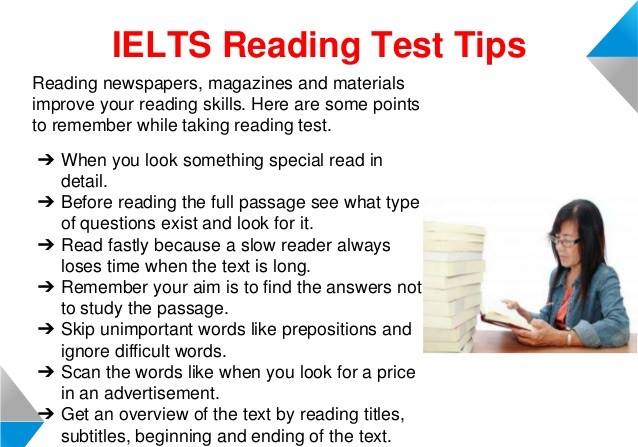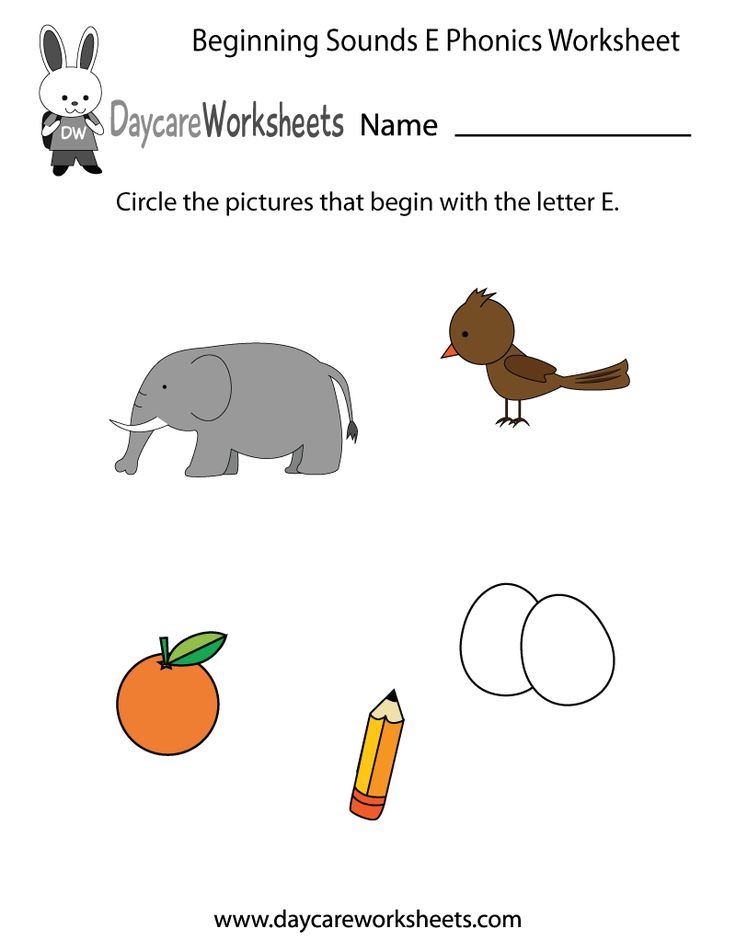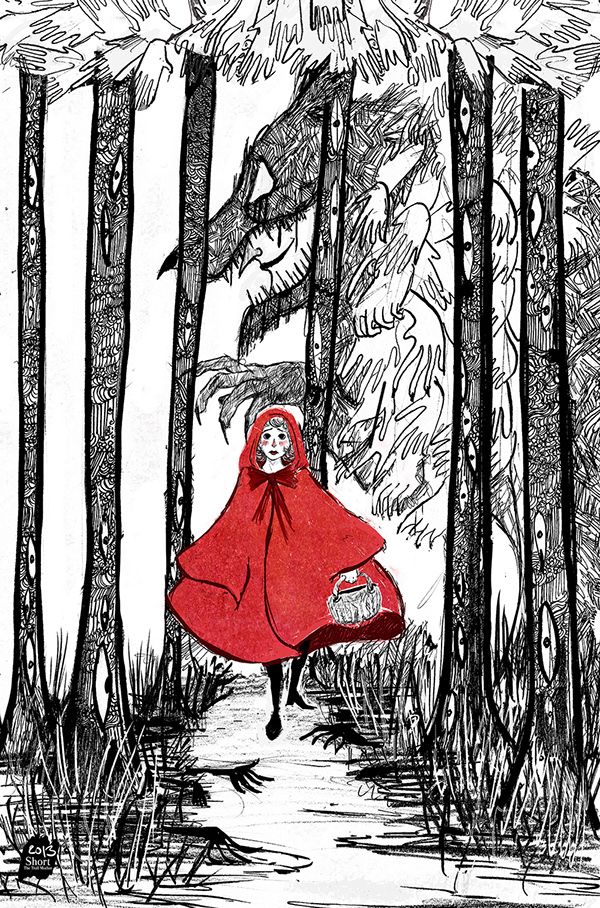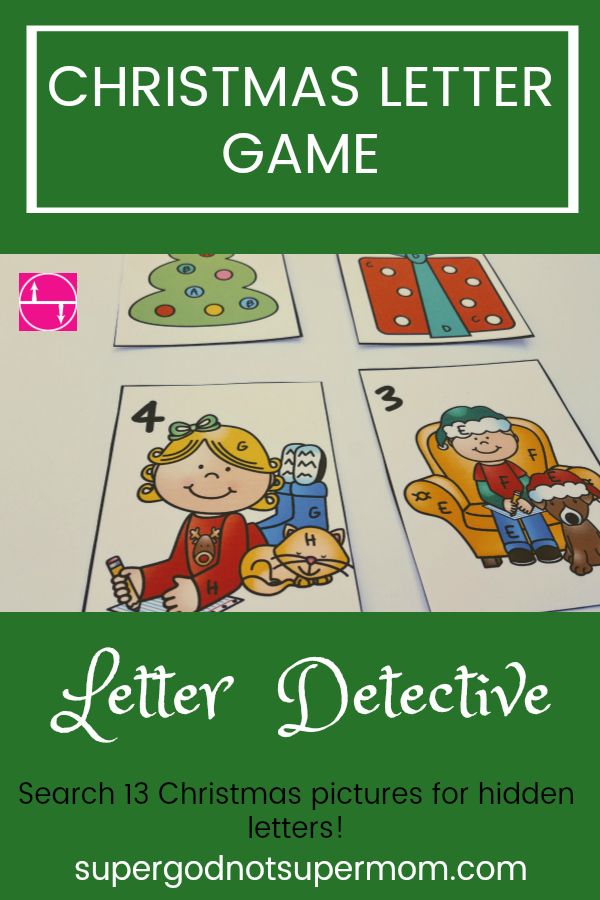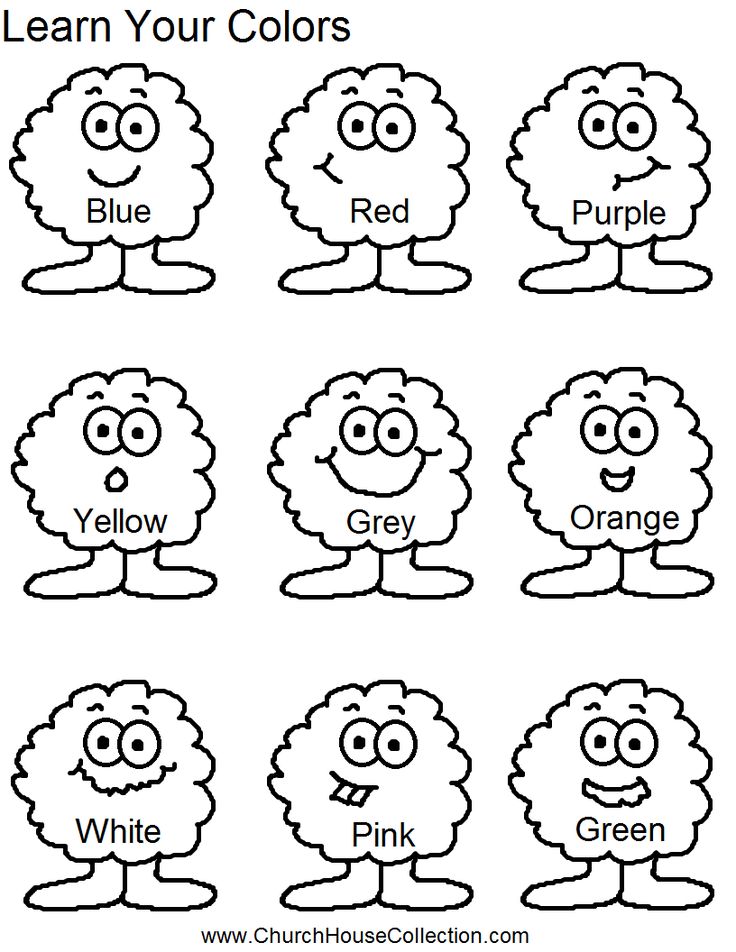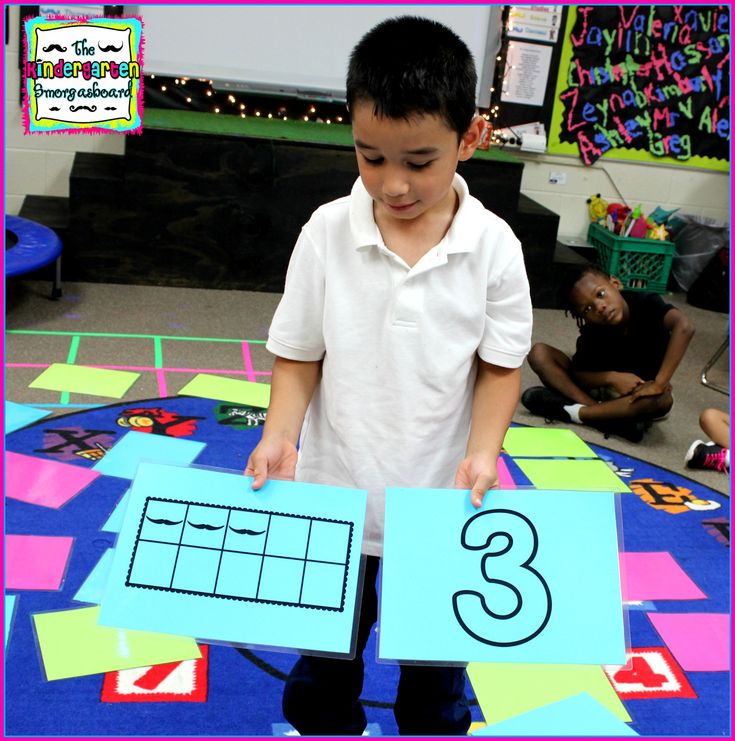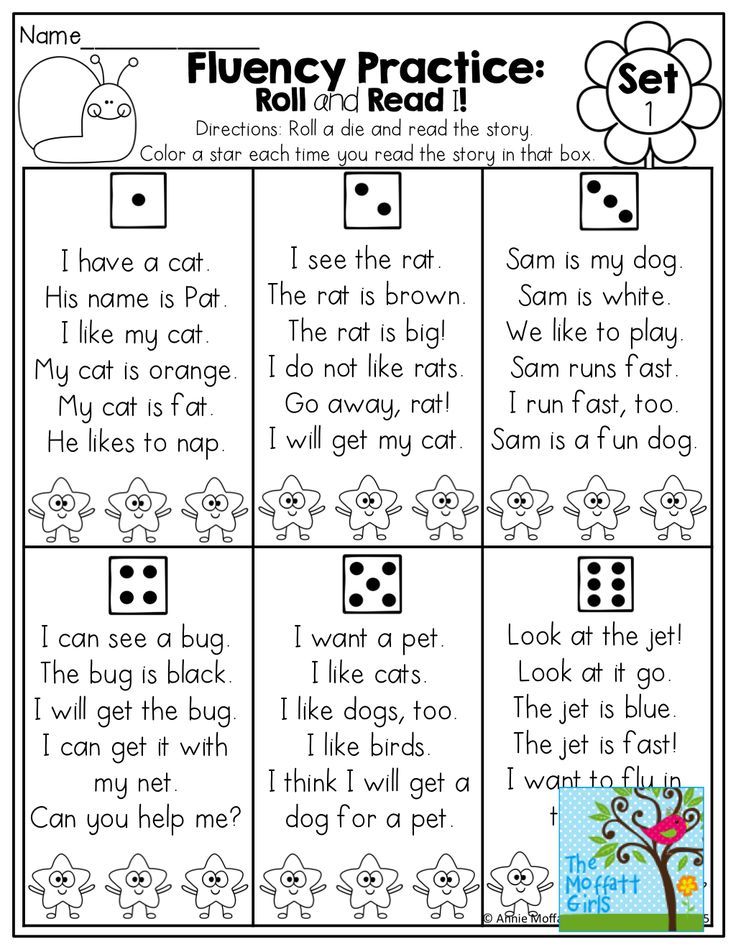How to make reading fun for kids
13 Ways To Make Reading Fun For Reluctant Readers
While some students have a natural love for reading, other children may find it difficult—or just plain boring.
Many young children struggle with reading, whether it’s because they are missing foundational skills or they have trouble sitting down with a book for longer periods of time.
But just because your child is a reluctant reader doesn’t mean he or she can’t learn to enjoy it.
Making Reading Fun At Home
Getting your child to read doesn’t have to be a daily battle.
There are a number of ways you can make reading more enjoyable for your child, and help turn your reluctant reader into a bookworm. And by learning to make reading fun, your child can develop a of love for reading that will last a lifetime.
Check out these 13 tips for making reading fun (instead of frustrating) and start making reading more enjoyable for your child.
13 Ways To Make Reading Fun For Your Child
- Pick the right books
- Read aloud
- Act out the story
- Encourage all forms of reading
- Choose books about his or her interests
- Create a reading space
- Make connections between books and life
- Let your child choose
- Listen to audio books
- Start a series
- Have “reading hour”
- Take a trip to the library
- Teach reading strategies
Making reading fun starts with selecting a book your child will enjoy reading. Ask your child what kinds of stories he or she likes reading best (Adventure? Fantasy?) Make a list of books in these categories and use it to help your child choose what he or she will read next.
Reading aloud with your child can add a bit more excitement to any book. Make the story more fun by using different voices for each character and an expressive voice for dramatic parts. You can also take turns reading aloud together, choosing a character you will each provide a voice for.
Help your child bring some extra excitement to reading by using his or her imagination. Have your child draw pictures of what he or she is reading, act out the scene, put on a character puppet show, or make up alternate endings.
Reading doesn’t always have to mean picking up a book. Magazines, graphic novels, and newspapers are other great reading materials that feel less like “work” to your child—but they still help your child practice and improve his or her reading skills.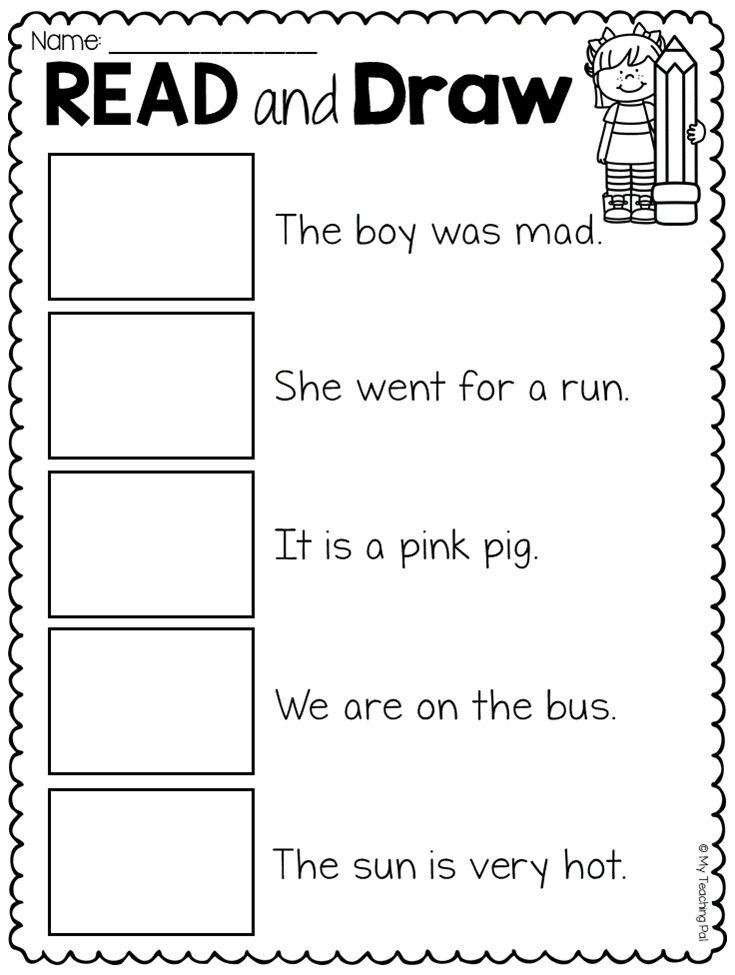
Reading something your child enjoys makes reading less of a chore and more of a fun activity he or she will want to do. Help your child choose books that are related to his or her interests—whether it’s sports, animals, dinosaurs, or something else.
Make a reading area or fort where your child can read and relax on his or her own. Add blankets, pillows, and a variety of books, and your child will have a reading corner where he or she can read a book whenever the urge to read hits.
Make connections between what your child is reading and your child’s own experience. Read adventure books before you take a camping trip, dinosaur books before you visit a museum, and so on. This will help make reading (and learning) more exciting for your child.
Let your child choose what book he or she wants to read. Giving him or her a choice helps your child feel like he or she has more control, so your child will be more excited to sit down with the book he or she has chosen.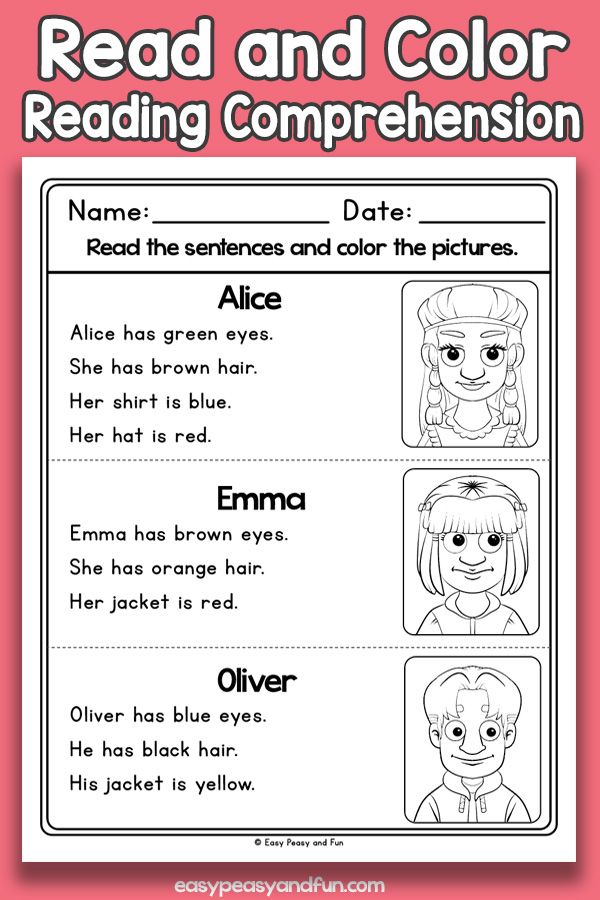
For children who find reading frustrating, audio books are a great alternative to help make reading more enjoyable—while still helping your child improve his or her comprehension skills.
Book series are a great way to keep your child’s interest in reading high and eliminate the problem of figuring out what to read next. Another option is reading multiple, non-series books written by the same author.
Each day, schedule reading time for your child to sit down and read a chapter of a book. During this time, talk to your child about what is happening in the book, what his or her favourite part was, and what he or she thinks will happen next.
The library is a great resource where your child can find lots of books to read. Take advantage of the selection at your local library by letting your child pick choose a book (or two!) that catches his or her attention.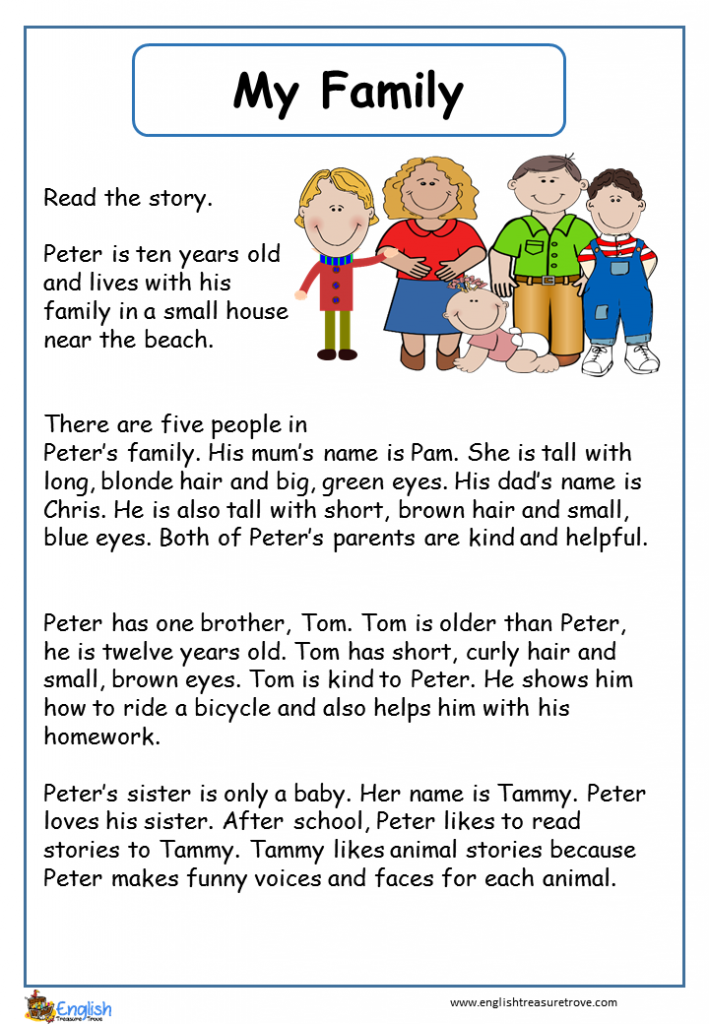
Many children dislike reading simply because they don’t have the necessary reading skills. If your child avoids opening a book at all costs, talk to his or her teacher about strategies to help develop reading motivation. Once you have some tips to try, work with your child to build reading motivation together.
If your child needs help developing his or her reading skills, we can help! Contact a location near you to learn more about our programs.
50 Ideas for Making Reading Fun for Struggling Readers
Children who struggle to read might avoid reading. Some might even hate to read. Parents might feel like they have to fight with their children to get them to open a book and read their nightly minutes. While most children are assigned reading minutes each week for homework (parents might even need to sign a binder affirming their child has read), the feeling that books are homework could add to the lack of literary appeal.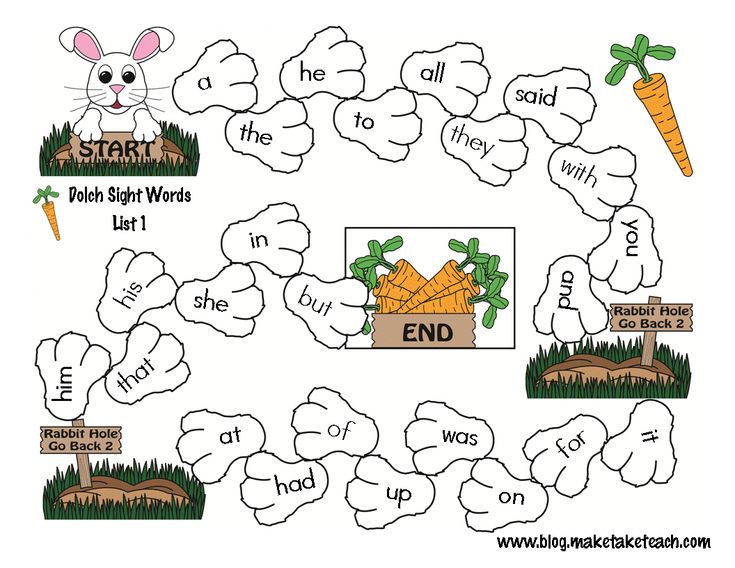
Reading doesn’t have to be a fight, a battle or an argument. And those books can even be fun! Stop stressing, parents! Here are 50 ideas for making reading fun for struggling readers! Try some, try them all…and stick with what works for your child!
- Stop the clock. Instead read with kids. Alternate pages with children. But parents can peek at the clock to ensure that kids hit about half an hour. The difference is that kids can’t know that the reading is being timed.
- Read a book of funny poetry. All books count.
- Build a reading fort. An easy way to do this is by placing two chairs with the backs facing inward (towards each other). Then drape a blanket over the chairs.
- Adopt a reading friend. Maybe this is a new stuffed animal. Or a favorite stuffed animal or toy. Let children read to their friends.
- Read to a pet. Or sign children up to read to the pets at a local animal shelter (some offer this type of program).
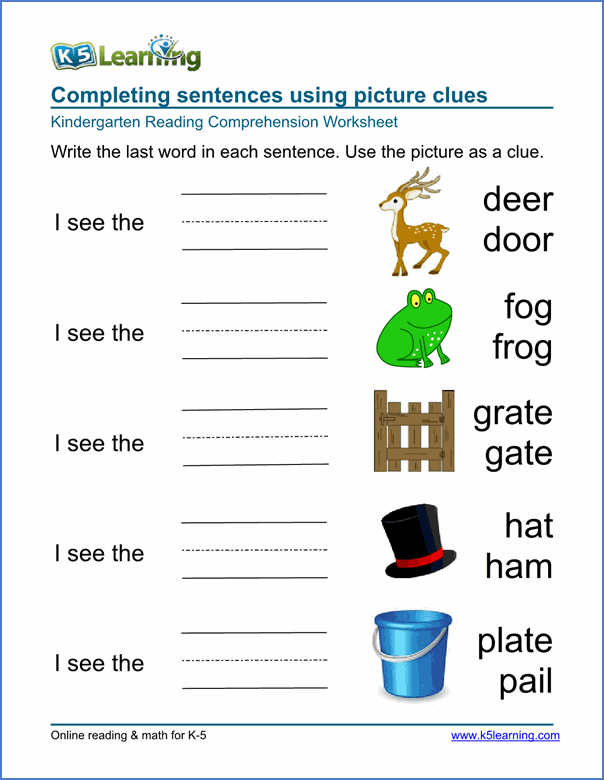
- Cook a recipe for a food from the book.
- Or serve up a reading-centric snack. Check out these tasty ideas from Reading Rewards.
- Listen to a book on tape while reading.
- Watch the movie after reading the book. Some books were transformed into movies. Check out the site Imagination Soup to find out if a child’s favorite book has a movie version.
- Make a special bookmark to use when reading. This can even include ‘wh’ questions to think about while reading.
- Or buy a bookmark to use while reading! Bookstores offer many cool bookmarks. Let the child pick their special bookmark.
- Younger children can visit the library for storytime to hear books read aloud.
- Sign a child up for a library card. This is a childhood rite of passage!
- Let children choose their books from the library.
- For birthdays, take children to a bookstore to pick out a special new book.

- On a budget? Head to a thrift store to let children pick out a new book. Thrift stores often have a great selection of used books…at really cheap prices!
- Make a reading craft after finishing a book. This can be a shoebox diorama or even Popsicle stick puppets.
- Encourage children to write their own book or story. Bind the book with staples. And don’t forget to let them make their own colorful cover.
- Visit the school’s book fair for new books.
- Let children write a letter to their favorite author. Many send replies!
- Inquire about fun reading events or clubs at the school. Some might participate in reading programs that let children earn prizes or even a free kid’s meal at restaurants.
- Sign up for the summer reading club at the library. Some offer prizes and/or reading club activities.
- Download reading apps that are also games. Let children play and read.
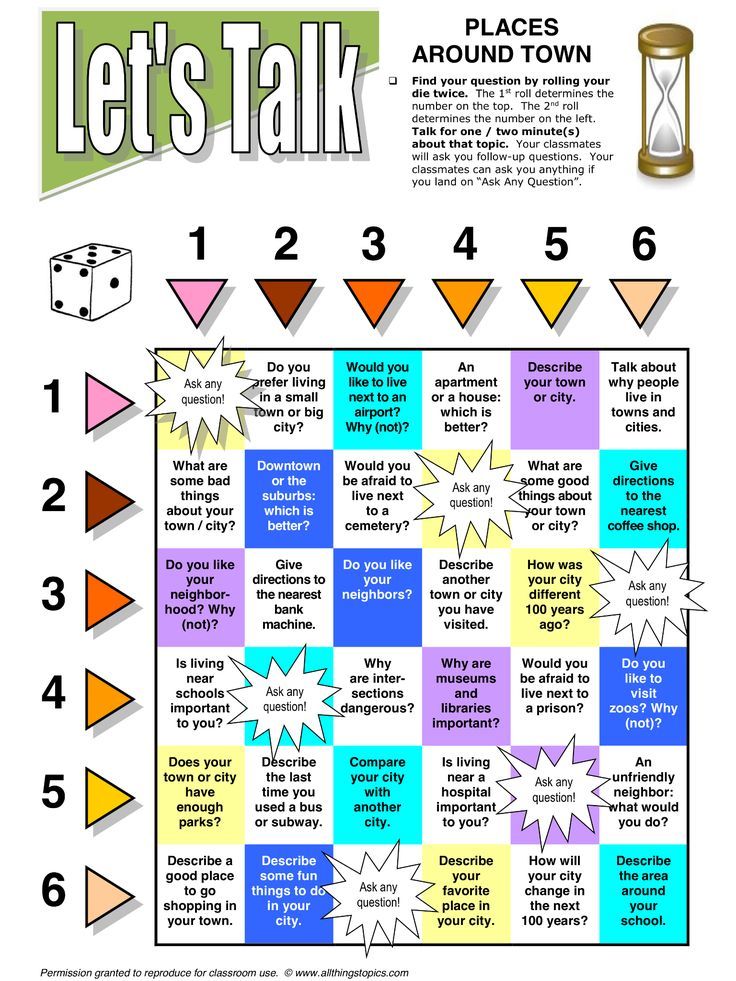
- At home, let children see parents reading.
- Read together as a family. Turn off all devices and schedule a family reading time.
- Or start a family book club. Everyone reads the same book!
- Create ‘reading rewards’ at home. Every time a child finishes a certain number of books, they earn a prize. Parents also could reward children with coupons that they can turn in for certain privileges.
- Praise children for trying when they read aloud…even when they make mistakes.
- Be mindful of a child’s reading level; sometimes if children read books that are too hard, it might be more of a struggle…and less fun.
- For books that are beyond a child’s level, parents can read aloud to them.
- Have a child make a list of their hobbies and anything they enjoy…and use the list to help them find books at the library or at stores.
- Encourage children to make a disinterested list, too.
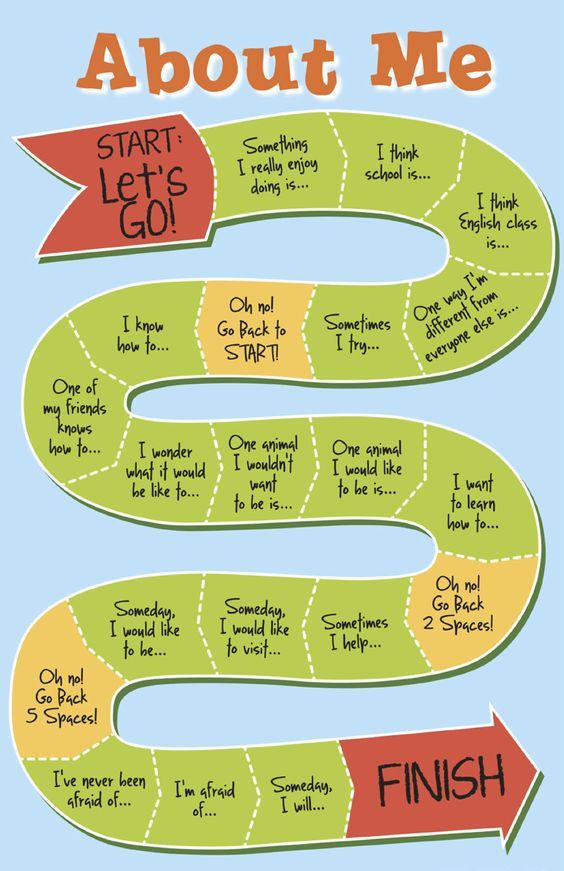 Have them include books they didn’t like and why. Talk about it.
Have them include books they didn’t like and why. Talk about it. - Take a reading field trip. Visit places from or linked to the story or the book.
- Help them understand reading strategies that can help them as they read. Strategies can include re-reading text or chunking text to make it easier to comprehend.
- During the holidays, read some favorite holiday stories. Make it a yearly tradition.
- Let children read comic books.
- Graphic novels count, too!
- When reading to younger children, make the stories come alive with fun voices and action!
- Parents might even encourage children to act out the story.
- Use e-book readers and download books onto devices (some children might prefer reading on screen).
- Make a reading comprehension ball with a beach ball. In each section write a question or prompt related to the plot (keep it basic).
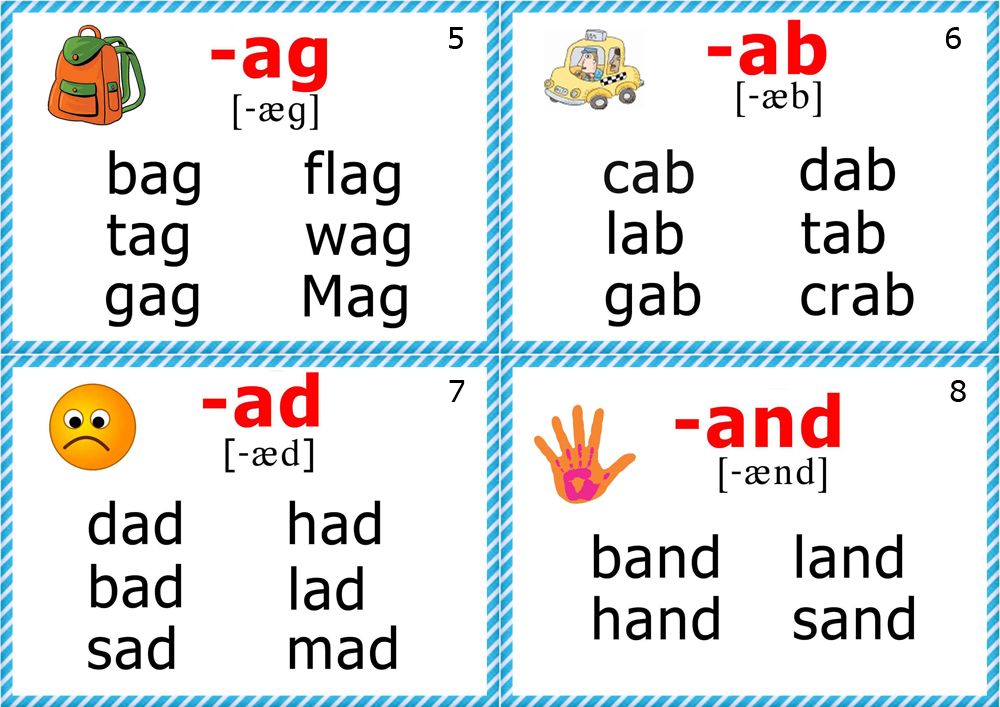 Toss the ball back and forth with children. Encourage them to answer the question that lands face up.
Toss the ball back and forth with children. Encourage them to answer the question that lands face up. - For children who love art, encourage them to draw a scene from the book. Then ask them about it.
- Give children a reading break. Have they read for the week? Give them a day off.
- Create a family recommendations list. Have each family member write their list of favorite books (keep them age appropriate). Each individual can choose a book from someone else’s list. Make this a monthly tradition.
- Set family reading goals. Maybe children really want to read five books each month. Create fun reading challenges and goals for the family. Then decide what the reward will be…maybe a dinner out as a family, a trip, a movie, etc.
- Create a family reading space. Instead of just one small space for each child, build a cool reading space for the family. This can mean bringing out all the pillows and blankets. Then hang out and read together.

- Start a reading routine. Is there a time when reading regularly happens? If not…make that time. And make that time something special.
- Try to be there for a child during reading time…in case they need help. Make sure they understand that they have support.
- Mix in wordless books. Yes, there are books with only pictures. Now let the child tell the story!
- Finally…parents…stop NAGGING! Sometimes children hate reading because parents turn it into a chore. Be positive!
Using Reading Apps to Help Struggling Readers
Reading apps like Readability also can help children find the fun in reading. When children struggle, they may view reading negatively. Programs that can help them build confidence and proficiency might also help them understand that reading can be fun…and entertaining.
Reading apps offer different structures and might provide different types of stories and lessons. Readability, for example, can help children who struggle with both proficiency and comprehension.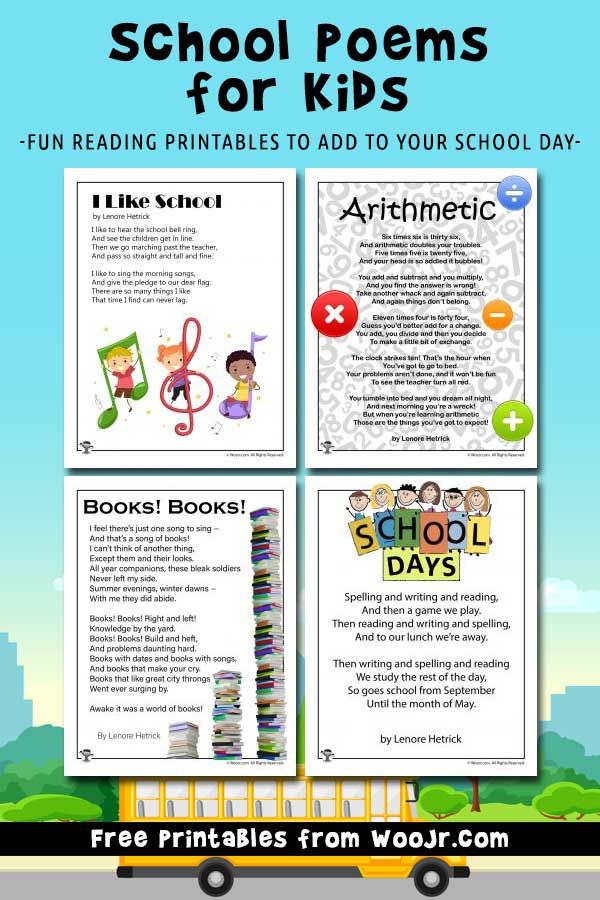 The program features a built-in AI tutor that serves as the instructor for lessons.
The program features a built-in AI tutor that serves as the instructor for lessons.
With Readability, children read aloud and the tutor learns to recognize the child’s voice. When a child stumbles on a word, the AI tutor will help them correct their mistake. At the end of each story, children will be asked questions by the AI tutor. These questions are focused on a child’s comprehension of the story. A child can only advance to a more difficult reading level if they demonstrate proficiency at their current level.
When parents sign their child up for Readability, they can set their child’s reading level so that lessons are the perfect fit. The program also can help parents determine their child’s reading level, too.
Reading should be fun, even when a child is using a program for enrichment or to help ease their reading struggles. Readability offers colorful illustrations and interactive features to keep children engaged in each book or story.
For parents, program efficacy is important.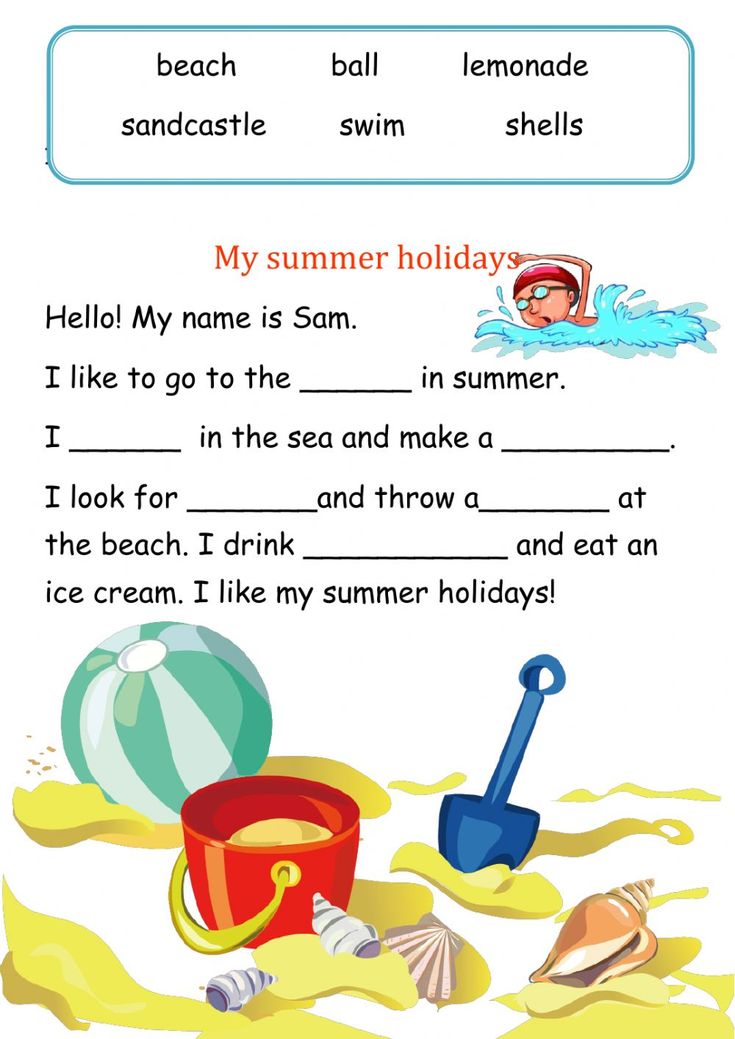 When a child is struggling in any subject, parents want to know that the resources their child is using provides a benefit. Readability provides parents with their own resource within the program; the Parent Dashboard displays all the reading data associated with their child. On the Parent Dashboard, parents can see how long their child used Readability, how many words they are currently reading per minute, their child’s current reading level and more.
When a child is struggling in any subject, parents want to know that the resources their child is using provides a benefit. Readability provides parents with their own resource within the program; the Parent Dashboard displays all the reading data associated with their child. On the Parent Dashboard, parents can see how long their child used Readability, how many words they are currently reading per minute, their child’s current reading level and more.
For families that have multiple children who are struggling with reading, parents can use one Readability subscription for up to three children. That means that one price per month can cover three readers. And parents can see data for each child.
Parents can try Readability for free for seven days to better understand the program’s features and to let children explore the stories. Ready to try Readability? Sign up for a free trial today!
10 Fun Ways to Get Kids Reading
Despite the fact that today almost everyone carries most of the world's library in their pocket, the overall level of literacy, erudition and horizons of children is not increasing.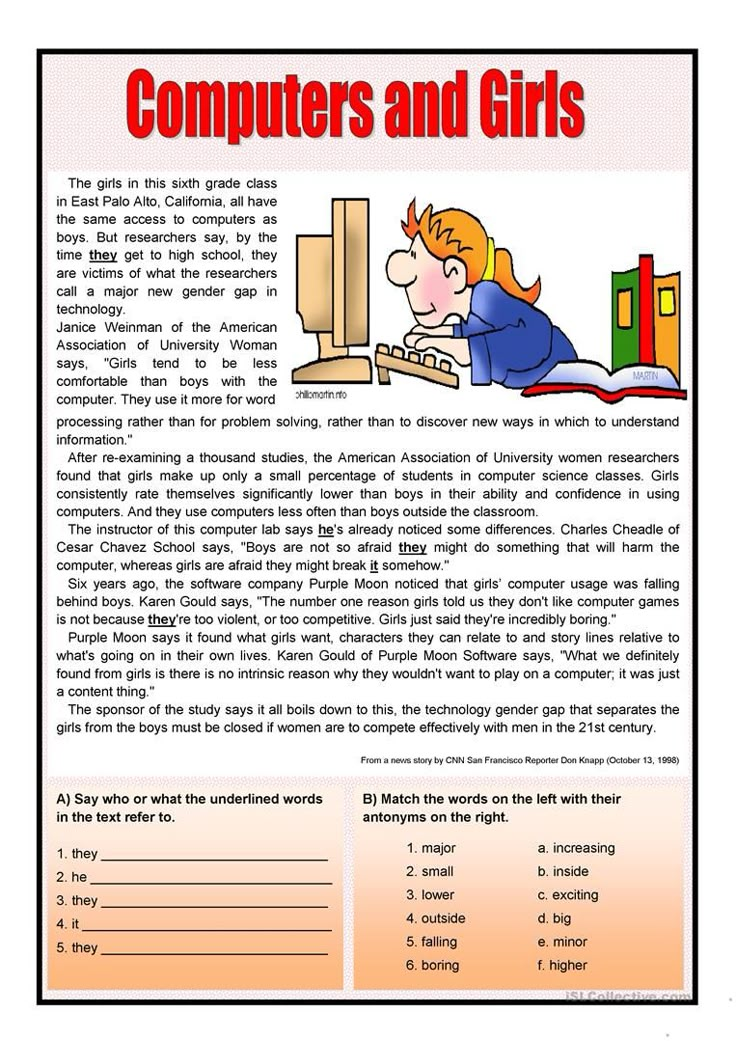 And here we are again faced with the eternal question: "What to do?". And this is not a rhetorical question at all. It is necessary to show children that reading can be fun and positive emotions. Alikhan Dinaev, based on the research of the philologist and teacher Evgenia Abelyuk, and based on personal experience, talks about ten effective techniques. nine0003
And here we are again faced with the eternal question: "What to do?". And this is not a rhetorical question at all. It is necessary to show children that reading can be fun and positive emotions. Alikhan Dinaev, based on the research of the philologist and teacher Evgenia Abelyuk, and based on personal experience, talks about ten effective techniques. nine0003
1. Read aloud to the children
And start as early as possible. Many experts, based on scientific research, advise starting literally from the first day of a child's life. The more you talk to him, the more he hears the words around him, the faster he will speak and become interested in books.
2. Show your acting talents
At the same time, you should not mumble something incoherent under your breath, but read "with feeling, with sense, with arrangement." Read as if you are the only actor in a big play playing all the roles at the same time. Say the words of a child in a sweet and funny childish voice, the words of a grandmother in an senile female voice, dilute the speech of some monster with frightening notes.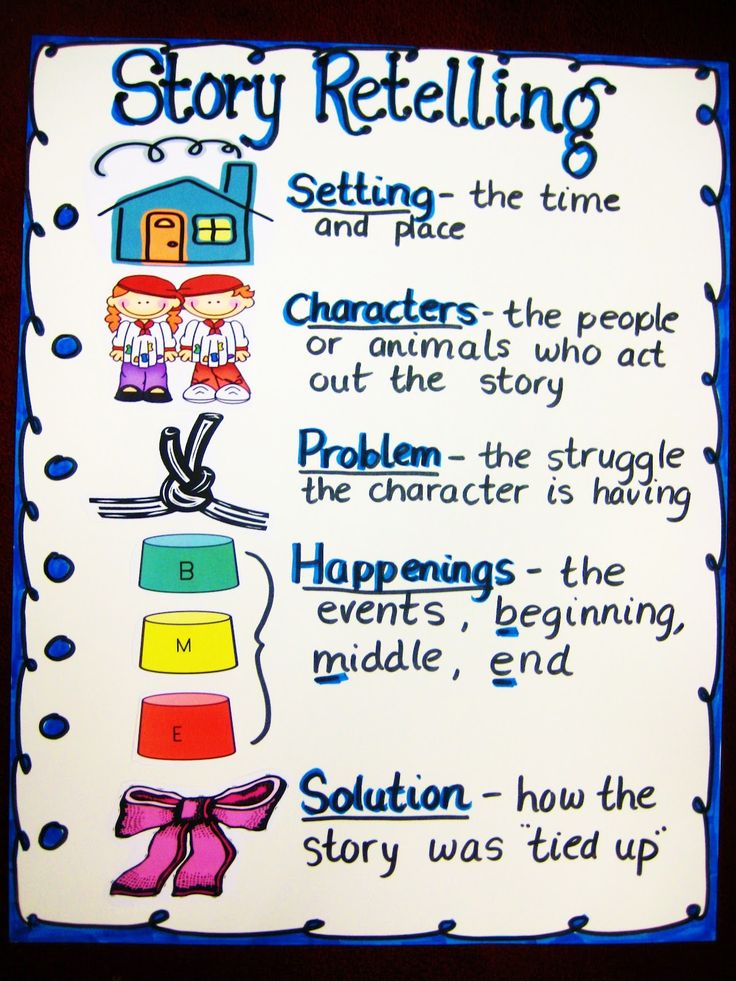 nine0003
nine0003
If the author writes that the hero shouted, shout, if he whispered, do the same! And if he howls, then why not play the role of a wolf for a few seconds by the light of the moon?
Do you think this is funny? That is how it is. But who said that if it looks comical, then it's bad? Believe me, the children will be completely delighted, and their sincere and contagious laughter will spread throughout the house. The author of these lines successfully tried this method on his nephews. It equally captures an 11-year-old fifth grader, and 7-year-old girls, and even a 2.5-year-old boy who, showing miracles of endurance, listened enthusiastically to the story from the book "Charlie and the Chocolate Factory" for almost 15 minutes. And when his grandfather began to loudly ask about what they were all doing here, the child who still could not really speak put his index finger to his mouth and said: “Shh!” nine0003
3. Read until the most interesting part - and stop
Use the same trick as screenwriters with directors of good series.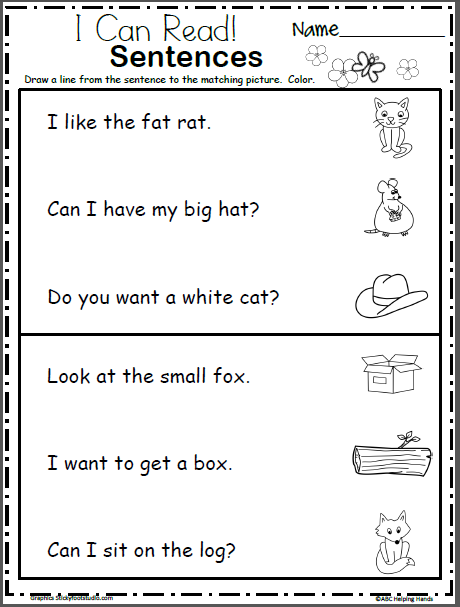 Usually an episode or an entire season ends at some unexpected, climactic moment, forcing viewers to wait weeks or months to continue, discussing almost every frame of the last episode. The same can be done in reading books: the child will look forward to continuing. And many simply cannot stand it and will ask to be taught to read as quickly as possible in order to find out how it all ended. If you apply this method to a child who already knows how to read, then for sure he will look for a book the next morning and read it himself. nine0003
Usually an episode or an entire season ends at some unexpected, climactic moment, forcing viewers to wait weeks or months to continue, discussing almost every frame of the last episode. The same can be done in reading books: the child will look forward to continuing. And many simply cannot stand it and will ask to be taught to read as quickly as possible in order to find out how it all ended. If you apply this method to a child who already knows how to read, then for sure he will look for a book the next morning and read it himself. nine0003
4. Let the child choose books himself
Today, publishers make such beautiful covers for children's books, they are so colorful that they are sure to attract the attention of even the most selective child. Try to teach your child to be surrounded by books everywhere. Go with them to bookstores and let them wander through the rows of books, explore all the shelves. Take the kids to the library, show them how beautiful it can be. And if the library turns out to be large, then any preschooler or student will be impressed for a long time by its size, beauty and views from the windows.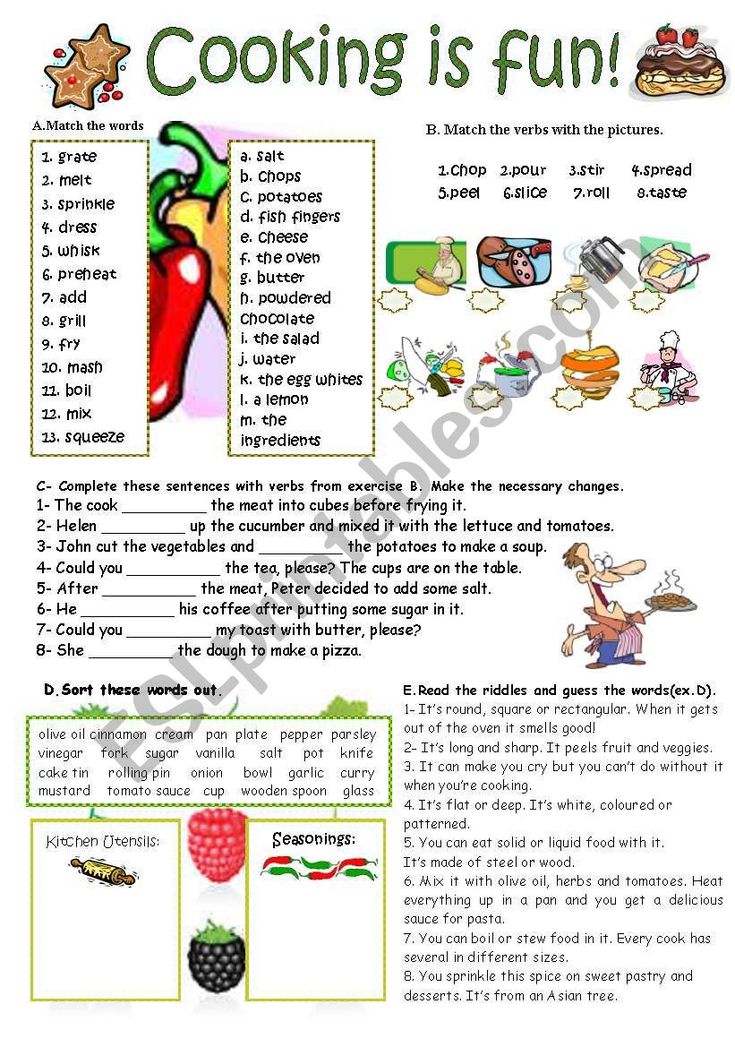 nine0003
nine0003
5. Lead by example
This is perhaps the key piece of advice. Parents should read for themselves. Otherwise, the likelihood that their children will be carried away by reading is extremely small. Let children from an early age regularly see you with a book in their hands, read and study your home library.
6. Introduce your teen to book apps
There's nothing wrong with reading e-books instead of classic paper books. And if the phone has already become a natural and integral extension of the hands of your children, then let them use it to good use. Invite them to download, for example, the Bookmate app. This is not just a reader with a huge library. It is also a real social network for book lovers, where they can find new friends, share experiences and exchange bookshelves. nine0003
7. Draw parallels between the characters and yourself, find common and different things
Compare literary characters with yourself, relatives, friends and, of course, with the child himself.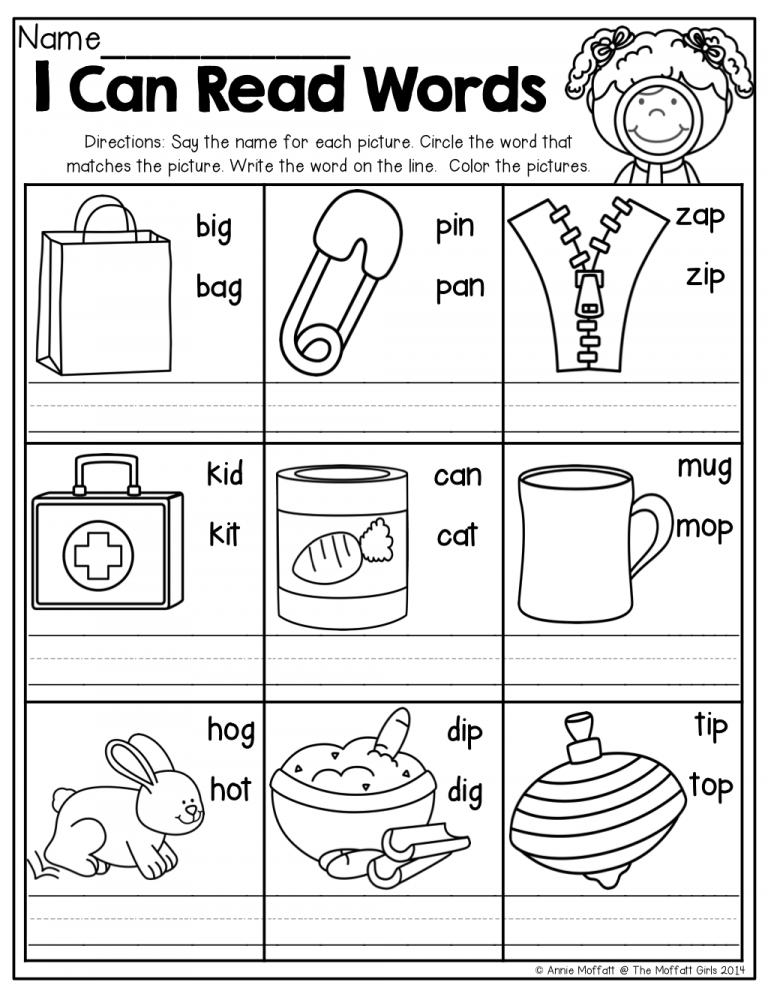 Ask him a question: “How are you like the Little Prince? And what makes you different? And what would you do in his place, if you met the Fox? These and similar questions fuel interest in the content of a novel, short story, or fairy tale.
Ask him a question: “How are you like the Little Prince? And what makes you different? And what would you do in his place, if you met the Fox? These and similar questions fuel interest in the content of a novel, short story, or fairy tale.
8. Make an adventure out of a book and look for hidden meanings in it
There are always riddles in a good book. And if a student reads, for example, Jules Verne, then they are there on almost every page of any work. But you can ask yourself other questions as well. How to get Oblomov off the couch? How to help Mumu escape from Gerasim and save her from death? nine0003
9. Illustrations for a book can change attitudes towards it
Sometimes it is important for a young reader to see the main characters and the places where they live. Pictures, drawings, graphics - all this can be of great help. And if your child is not even interested in Harry Potter, then he is unlikely to refuse the same book, recently published with illustrations by British artist Jim Kay. His drawings amazed even JK Rowling. They are so beautiful, bright and exciting that you want to look at and study them all the time. They interest and captivate, giving room for fantasy and imagination. And this is what we need. nine0003
His drawings amazed even JK Rowling. They are so beautiful, bright and exciting that you want to look at and study them all the time. They interest and captivate, giving room for fantasy and imagination. And this is what we need. nine0003
10. Choose the right books
Of course, all ages are submissive to many books. But if you want to get your child interested in reading, then "Deniska's stories" by Viktor Dragunsky or "Journey around the world in 80 days" by the same Jules Verne will be among the best examples. But if your 15-year-old son says that he doesn’t want to read novels written by “long-dead, gray-haired and bearded old men from the century before last,” then advise him, for example, the book Outcasts, a classic of American literature recently translated into Russian for the first time. Its author Susan Hinton wrote The Outcasts when she was 18 years old (she started writing at 15), and the main characters of the novel are from 14 to 20 years old. Despite the writer's young age, Hinton's book became a bestseller with a total circulation of more than 20 million copies.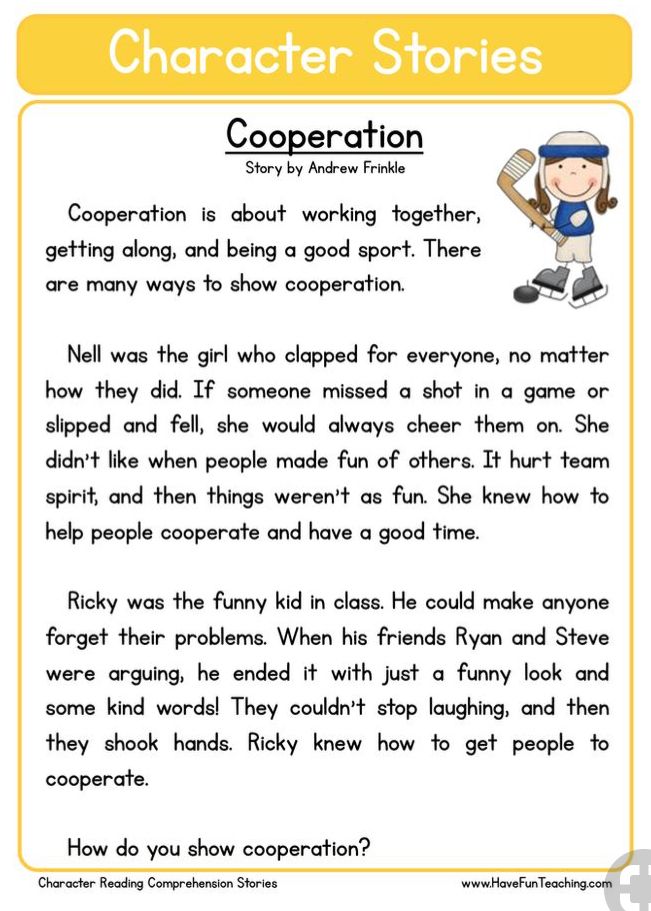 nine0003
nine0003
How to develop a child's interest in reading, show interest in books in a child, develop a desire to read
: Reading time:
help him love books? Child and adolescent psychologist Victoria Melikhova tells.
1 Kassil method (read it yourself)
One of the ways to create an interest in reading is designed for children who can read but do not want to do it themselves. A parent reads a book with a child, stops at the most interesting moment and, referring to being busy, goes about his business. The child tries to read further on his own, while the parents at this time praise the child for his independence and desire to read and help him if necessary. nine0003
2 Spark Downeys method (letters from a favorite character)
A child wakes up in the morning and there is a letter from a fairy-tale character, such as Carlson, under the pillow. In this letter, Carlson informs the child that he has a gift, describes the place where he lies.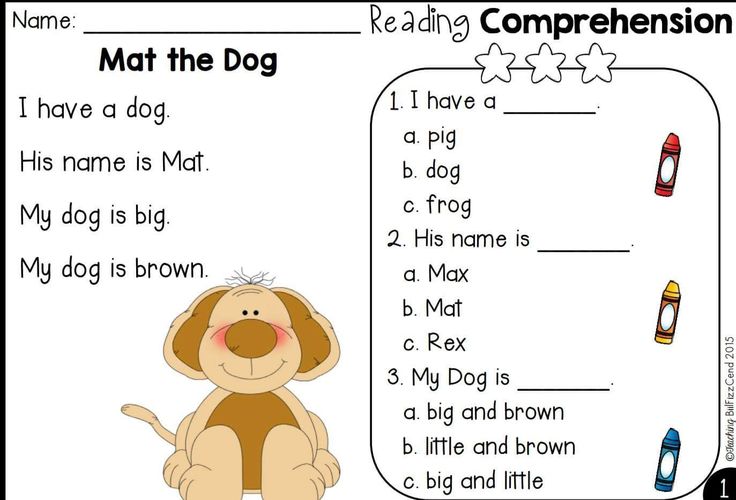 The child really finds a gift in the indicated place. The next day, the letter becomes a little longer, Carlson tells interesting stories from his life or writes about something important from the life of a child. Every day the letters get longer, it becomes easier and more interesting to read them. And reading is associated with pleasure and joy. nine0003
The child really finds a gift in the indicated place. The next day, the letter becomes a little longer, Carlson tells interesting stories from his life or writes about something important from the life of a child. Every day the letters get longer, it becomes easier and more interesting to read them. And reading is associated with pleasure and joy. nine0003
Here I am reminded of my own childhood experience. I did not like to read in childhood, I did not see anything interesting in this process. But one day I was given a coloring book with fun tasks that I had to read on my own. Do I need to say that it was read in a maximum of two days?
3 The method of the ancient people (books are secret treasures)
Another effective way to arouse a child's interest in books and reading in general is to tell him a story that says that books belong to a special ancient people. They value books very much and allow them to be read only if the child behaves well. This is a great honor and reward for every person.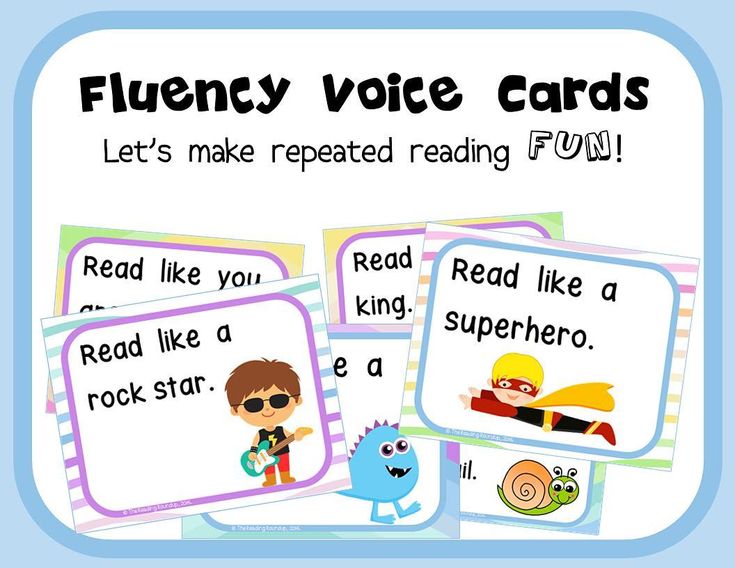 nine0003
nine0003
4 Book ban
You can also try to ban your child from reading because he has misbehaved, for example. Or forbid reading a particular book, tell the child that he is still too young to read such books. The method is manipulative, but the “forbidden fruit” is sweet, which means that interest in the book will increase significantly.
5 Books as a continuation of cartoons and films, books about the most beloved
You can tell your child that this book is about something that he loves very much, having previously selected it according to the interests of the child. Or invite your child to read a book based on a movie they recently watched with them. The child can be told that the film does not show a lot of interesting moments that he can read about in the book. nine0003
Of course, there is no guarantee that these methods will work for your child. In addition to them, a number of other conditions must be met.
General recommendations on how to instill in your child a love of reading
If you want your child to enjoy reading, it is important that this process evokes only positive associations in him.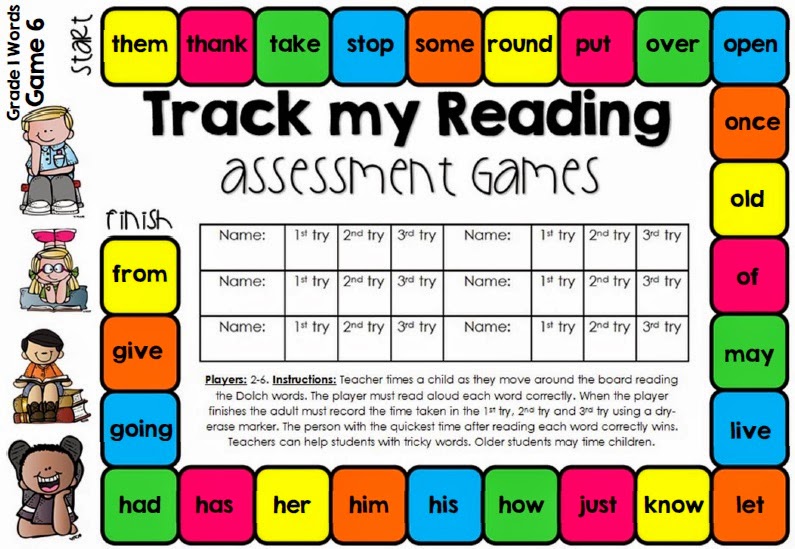
1 Praise more, correct and punish less. You should not constantly correct the child, point out mistakes. Let him read as best he can, as he can. It is better to praise at the moment when he does it best. So the child will develop a sense of success, which is very pleasant for a person of any age. nine0003
2 Compare your child to yourself, not to others. Phrases like “Petya has already read the whole primer” will not create motivation, but will only cause a feeling of resentment, anger at Petya and a desire to do the opposite. You can only compare a child with himself: “Yesterday you read one page, and today you read two. Clever.
3 Set realistic goals. Let the child read one page a day, and it will be easier for him than you immediately tell him ten pages or a whole chapter to finish reading as soon as possible. This can completely discourage the desire to even start the process. What for? After all, I still can't do it. nine0003
4 Show your child that you are also reading. To develop a child's interest in books, the example of parents is needed. If you keep telling him about the benefits of reading, and spend the evening in front of the TV, the child is unlikely to believe you. Children do not obey their parents, they imitate them. Therefore, it is good if your family has a tradition of reading books with the whole family. No more than twenty minutes, but regularly. Make it a bedtime ritual or a daytime option.
To develop a child's interest in books, the example of parents is needed. If you keep telling him about the benefits of reading, and spend the evening in front of the TV, the child is unlikely to believe you. Children do not obey their parents, they imitate them. Therefore, it is good if your family has a tradition of reading books with the whole family. No more than twenty minutes, but regularly. Make it a bedtime ritual or a daytime option.
If you tell him about the benefits of reading, and spend the evening in front of the TV, the child is unlikely to believe you. nine01015 Let the child choose a book by color, sound, material, touch or taste. Let the baby have his own book made of strong cardboard, which he can hold in his hands, look at bright pictures, gnaw. At each age, love, including for books, manifests itself in different ways. It is important that the child likes the book, that the letters are large, the pictures are bright, and the plot is interesting.
Today, many voluminous and musical books that engage the auditory receptors are pleasant to the touch, which makes them more attractive to babies. nine0003
6 Act out the play, assign roles, read line by line. It is important for a child to read expressively, emotionally, with intonation to develop interest in the plot and the book as a whole. You need to change your voice when you read on behalf of different heroes, to show the emotions of the characters with facial expressions. The process should be lively, emotional, interesting and exciting. If the child already knows how to read, you can try to read by roles. Read line by line: two lines you, one child. The request to turn the pages while reading will also help to emphasize the importance of the baby, the child likes to feel like an assistant, to feel his involvement in the process. nine0003
The process must be lively, emotional, interesting and exciting.7 Read when the child is in a good mood, full and alert.
So it will be easier for him to focus on what is happening and get involved in the process.
8 Turn on fantasy: ask them to guess what will happen next and draw an illustration. You can look at the pictures in the book together with the child, invite the child to come up with what is written on the page with this picture, and then read the text together and check how the child guessed its content. After reading the book, invite the child to draw an illustration for it. Few of the children will refuse this. Give your child bright colors or felt-tip pens, a large sheet of paper, and space for creativity and fantasy. You can join and draw a picture together. At the end of the work, be sure to praise the baby: how great he did! How exactly he understood the plot of the book and how well he managed to convey all the emotions caused by the book in his drawing. nine0003
9 After reading, have a quiz or play a skit. Also, after reading the book, you can arrange a quiz to check how well the child has learned what they read.
![]()
Learn more

